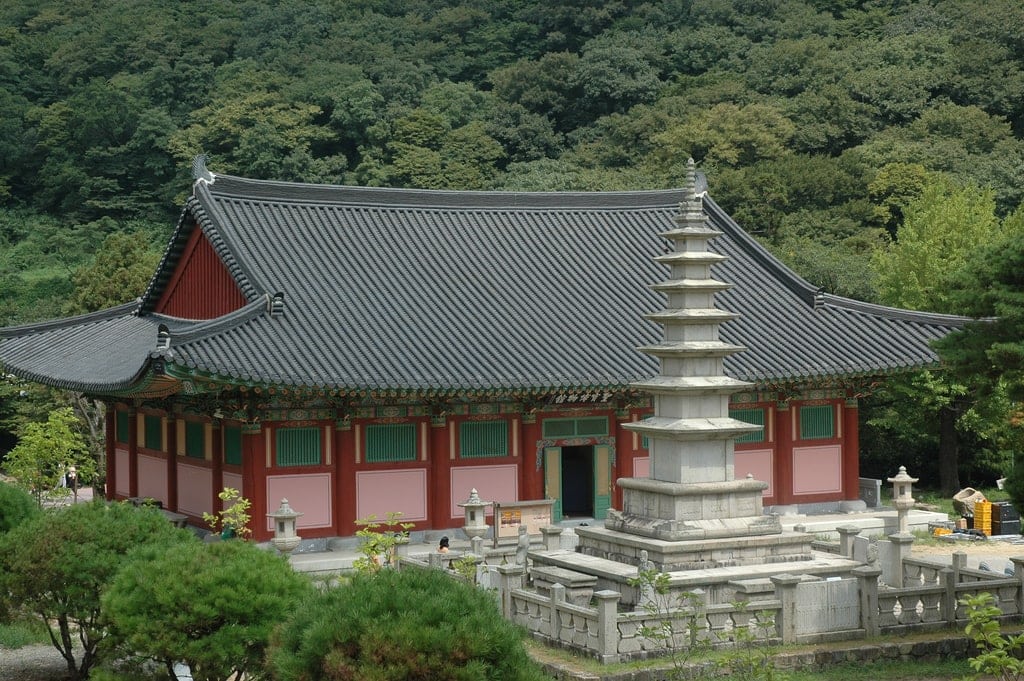Beomeosa Temple
Seated on the lovely slopes of Geumjeongsan mountain, Beomeosa Temple prevails with startling silence and tranquility, in spite of its nearness to Busan’s noise pollution. With superb mountain scenery, woodland, and hiking trails surrounding it, the temple is a popular site for several city dwellers. In addition, it’s only one out of three central temples in South Korea; the others include Tongdosa Temple and Haeinsa Temple. With a staggering history of more than 1,300 years, it’s easily Busan’s most significant temple, plus it has an important place within South Korean Buddhism's tradition.
Origins
In 678 C.E., Beomeosa Temple was established during the Silla dynasty. At that time, attempted assaults from Japan posed a high risk to King Munmu, when he was in his kingship's 18th year. After a very big group of soldiers tried to invade, the legend says, a mountain guardian spirit visited King Munmu, advising him to climb to the mountain peak and pray for 7 days so the god would give him sound advice on how to overcome the enemy. Desperate to attempt anything at this point of gravity, King Mumnu traveled together with a priest. Finally, with the god’s wise counsel, the king defeated the Japanese invaders. Overflowing with gratitude and bliss, the king ordered the priest to construct a temple as a token of thanks, and then Beomeosa Temple came into existence.
Another significant legend provides the temple its current name: at the mountain summit, sits a well holding clear, golden water that never goes dry. The well's magical properties were given to it several years ago by a golden fish which arrived floating from heaven on five-coloured clouds and adopted the water as its home. "Beom" means nirvana, then eo means fish, while sa means temple; Beomeosa’s name translates, more or less, to "Heavenly Fish Temple."
History
The 1592 Japanese invasion deeply hurt Beomeosa. Several of its structures became either ashes or just plain rubble, indicating that a lot of today's temple dates between 17th and 18th centuries. The temple’s 2nd gate is the exception, depicting 4 Heavenly Kings that repel evil spirits; it's also only a replica of the real gate, for acts of vandalism sadly meant that this gate had to be completely rebuilt in 2012.
Beomeosa’s monks are renowned for their skilled Sunmudo martial art methods. This ancient type of martial art is uniquely based on Seon-like Buddhism; Seon, or Sun, translates to "meditation." Moreover, its Japanese variation is Zen. The monks learned it as a sort of dynamic meditation. Before the temple’s untimely attacks in the 16th century by the Japanese invasion, the monks were in the habit of utilizing Sunmudo techniques that included weapons like knives, swords, spears, and flinging stars, to ward off invaders. During the 1930s and 1940s, the Japanese again invaded the temple, but this occurred via underground resistance to the aggressor's occupation of Korea.
Most Famous Must-See Tourist Attractions in South Korea
